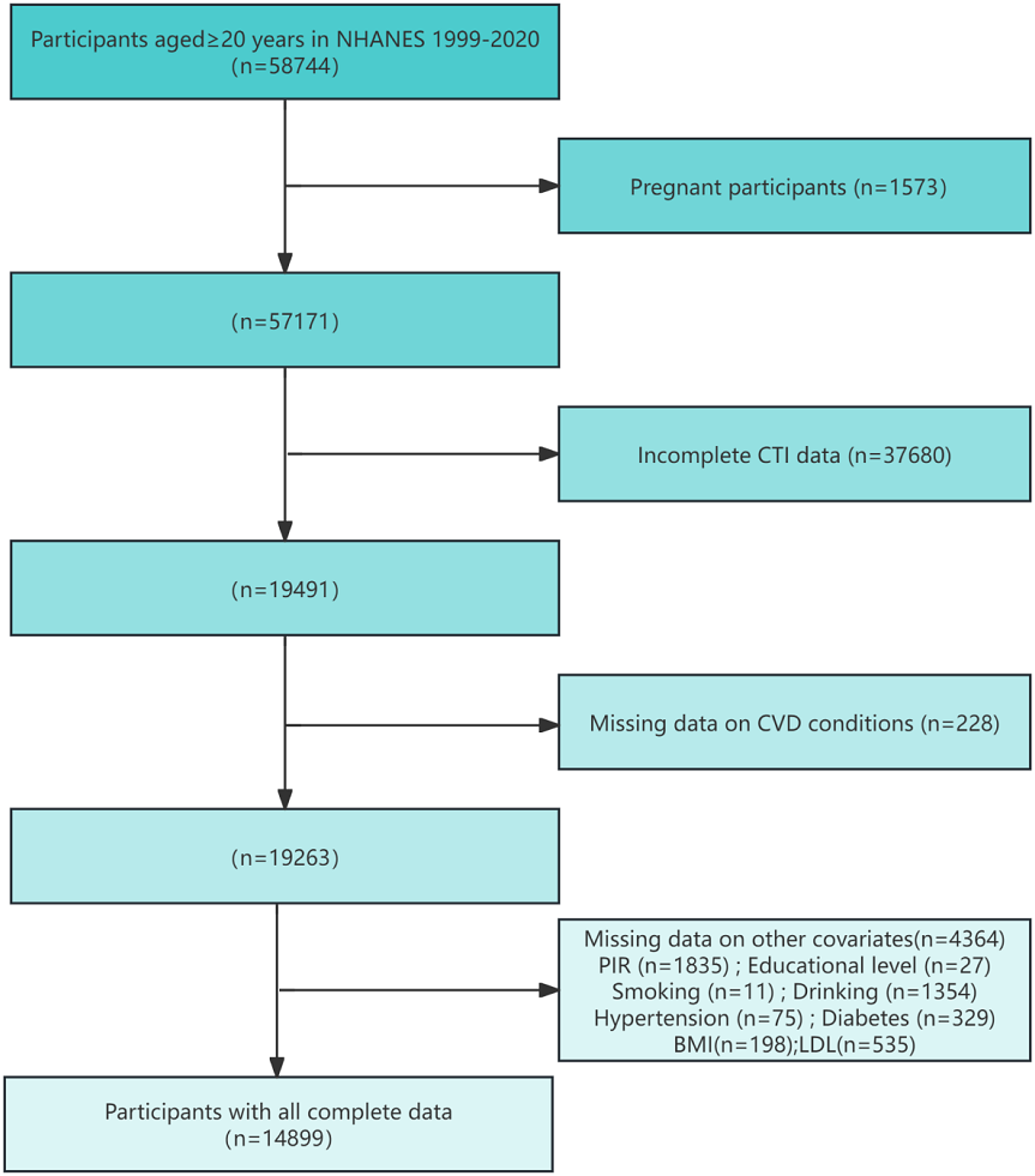Thiriet M. Cardiovascular disease: an introduction. In: Vasculopathies: behavioral, chemical, environmental, and genetic factors. Cham: Springer International Publishing; 2018: 1–90.
Varna M, Calin M, Gebeshuber IC. Advances in Natural and…

Thiriet M. Cardiovascular disease: an introduction. In: Vasculopathies: behavioral, chemical, environmental, and genetic factors. Cham: Springer International Publishing; 2018: 1–90.
Varna M, Calin M, Gebeshuber IC. Advances in Natural and…